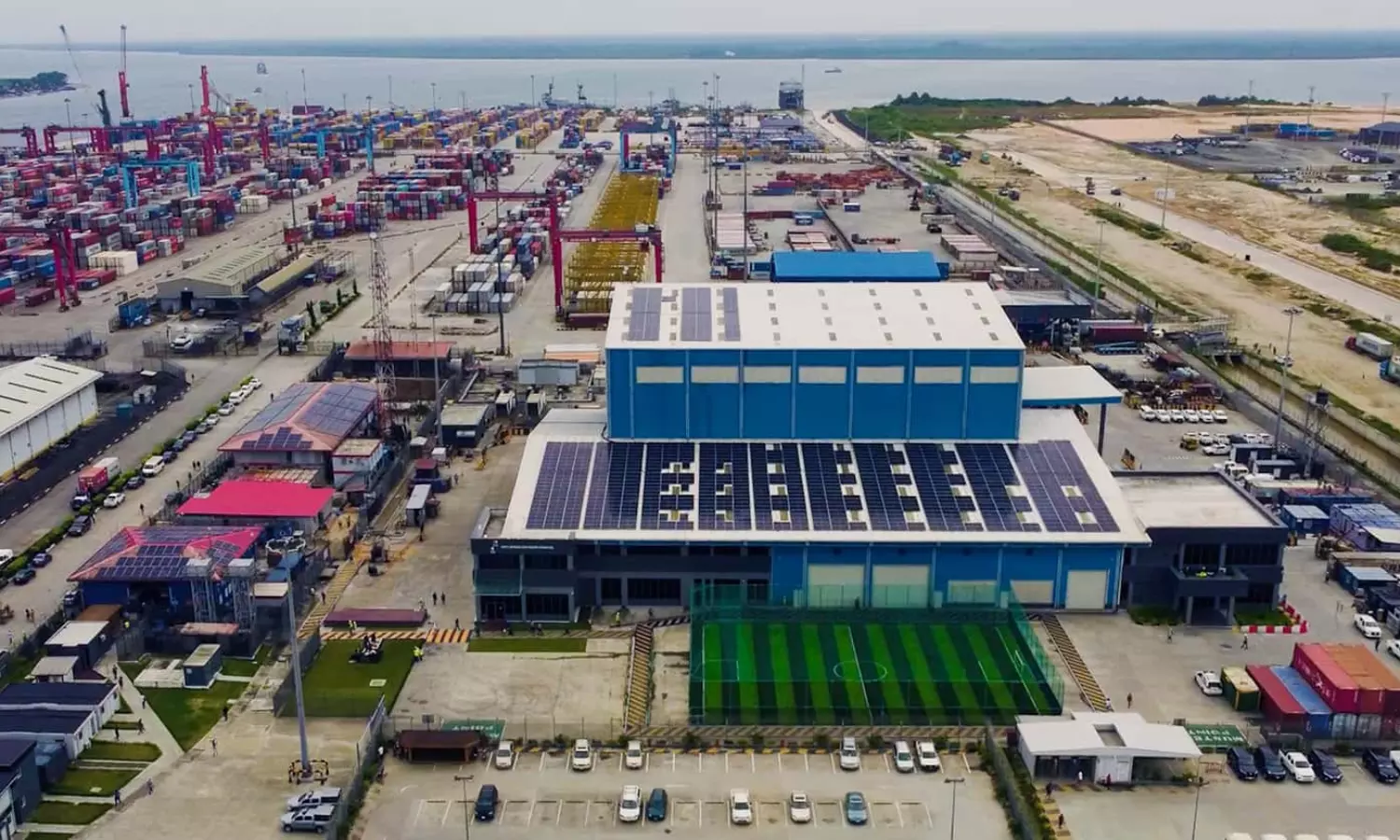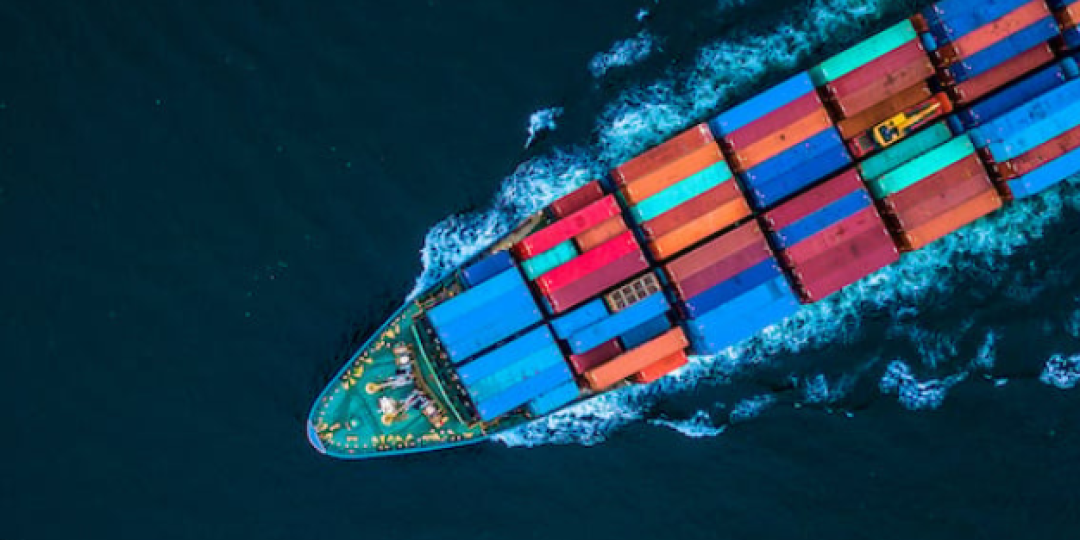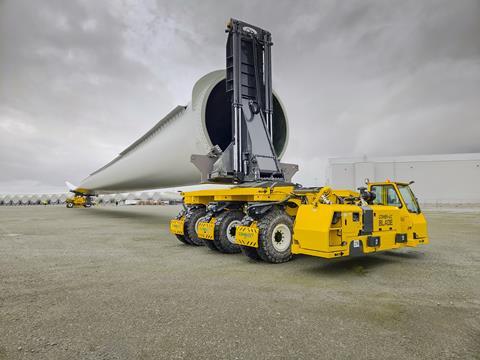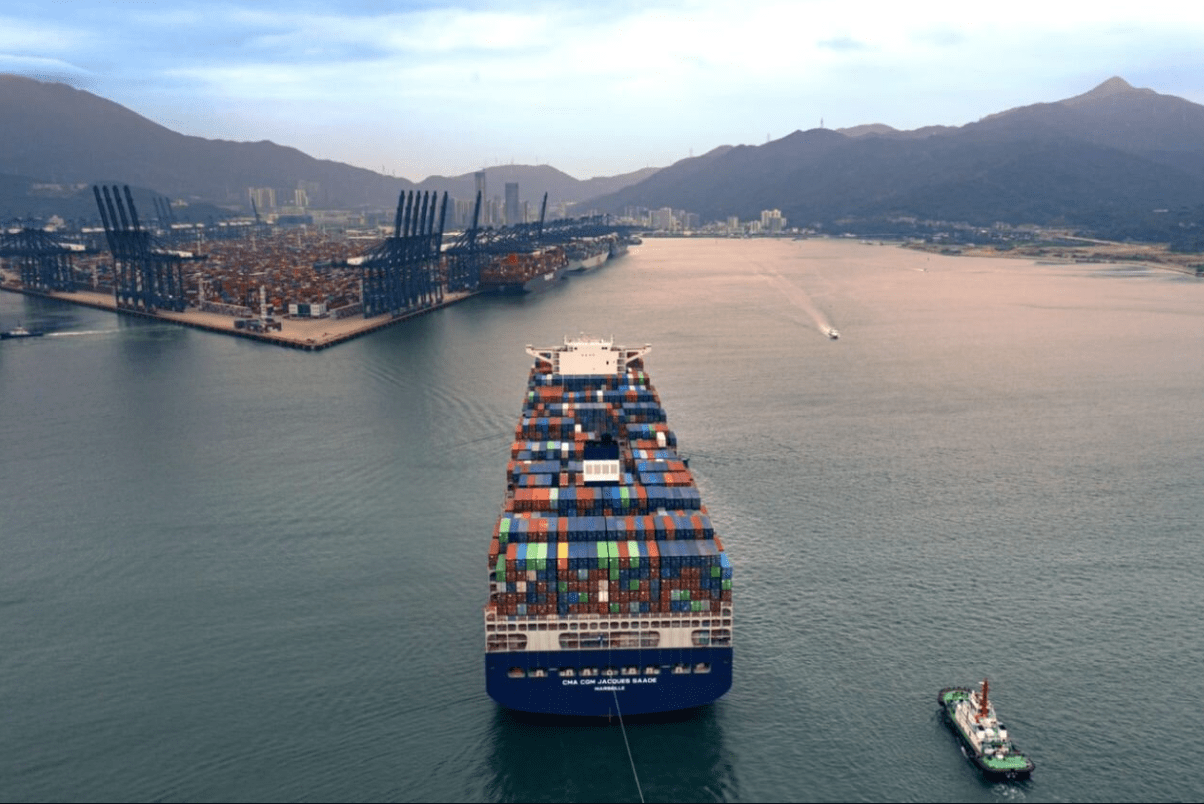Logistic

Emirates SkyCargo strengthens cargo corridors
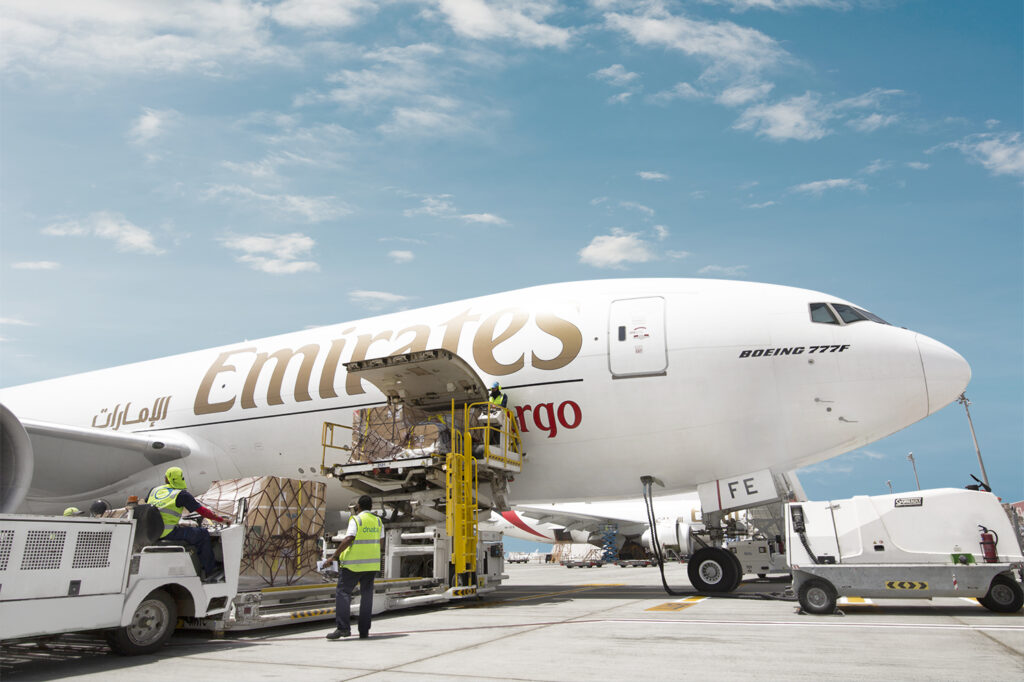
With the launch of passenger services to Hangzhou, China, Emirates SkyCargo, the cargo arm of the world’s largest international airline, now offers over 21,000 tonnes of weekly tonnage in and out of East and Southeast Asia every week, across the largest and most diversified route network of any non-Asian airline. Deepening its footprint in the region, Emirates SkyCargo now serves 25 gateways across 12 countries and territories.
Firmly entrenched as the ‘factory of the world’, East and Southeast Asia have established thriving economic corridors and require significant air freight capacity to shift goods worldwide. Dedicated Emirates SkyCargo freighters serve 9 gateways in the region, with 44 weekly flights, the highest freighter flight density on the airline’s vast global network; this schedule is complemented by 13 charter services to and from East Asia every week, delivering consistent capacity and stable connectivity for Asian businesses into Europe and the Middle East. Freighter and charter operations are underpinned by 311 weekly passenger flights, moving travellers and cargo via a mix of Airbus A380s and Boeing 777s.
With the high-frequency flight schedule, an Emirates aircraft takes off from East or Southeast Asia approximately every half hour.
“East and Southeast Asia are not just anchors of our global network – they are shaping the future of global logistics and global trade,” said Abdulla Alkhallafi, Vice President of Cargo Commercial, Far East and Australasia. “From cutting-edge manufacturing hubs to high-growth consumer markets, the region drives the pace of trade. Our strategic growth strategy and continued investment in East Asia and Southeast Asia reflects this as we remain laser-focused on building the capacity, routes and partnerships to best serve the exponential demand.”
Fostering economic growth
As a global hub for innovation, e-commerce and advanced manufacturing, and boasting a thriving agricultural sector, East and Southeast Asia have long been key markets on Emirates SkyCargo’s global network. In an average week, Emirates SkyCargo uplifts over 450 tonnes of fresh fruit, vegetables, seafood and other perishable products, 100 tonnes of pharmaceuticals and medical devices, 75 tonnes of electronics, semiconductors and smart goods, 180 tonnes of garments and over 1,300 tonnes of eCommerce.
The ‘Aerial Silk Road’ – a network of air routes, logistics hubs and aviation infrastructure mirroring the overland and maritime Silk Roads of yore – enables swift and efficient connectivity with global markets. With a vast network of over 145 destinations, Emirates SkyCargo is well-positioned to facilitate global trade. In fact, Emirates SkyCargo plays a significant support role in China’s Belt and Road Initiative, facilitating swift and reliable connectivity to over 50 countries participating in the initiative.
Strength through partnership
Beyond its own network and capacity, Emirates SkyCargo forged a strategic partnership with Teleport, the exclusive cargo partner of AirAsia, to better support the burgeoning trade between Southeast Asia and the wider world, via Dubai. Unlocking over 100 primary, secondary and tertiary regional airports, Emirates SkyCargo is able to better serve global customers with increased capacity, more flexibility and access into new markets in Asia; conversely, Emirates SkyCargo supports Southeast Asian businesses with better connectivity into Europe, the USA and Canada.
A series of ‘firsts’
Emirates has been setting benchmarks since the beginning of operations in East Asia. In September 2002, Emirates SkyCargo launched freighter services between Dubai and Shanghai, establishing the first direct air connectivity between the Middle East and the Chinese mainland, and pre-dating passenger operations by 18 months.
The streak continued in 2025, as Emirates SkyCargo launched a weekly freighter to Japan’s Narita International Airport, marking the first direct and scheduled freighter connectivity between Narita and the Middle East. Enabling faster and more flexible shipments, the freighter from Narita uplifts pharmaceuticals, semiconductor parts and large or oddly-shaped shipments such as machinery parts.
As Emirates SkyCargo advances its ambitious 10-year growth strategy, East Asia and Southeast Asia remain priority markets for increased capacity, whether through additional flight schedules or brand-new routes. By deepening connectivity across the region and maintaining seamless links with key markets worldwide, Emirates SkyCargo will continue to play a pivotal role in strengthening global supply chains, supporting bilateral economic growth and shaping the future of global logistics.






